How to take azalea cuttings – expert advice for successful plant propagation
Learning how to take azalea cuttings is an easy and free way to make more plants for your yard
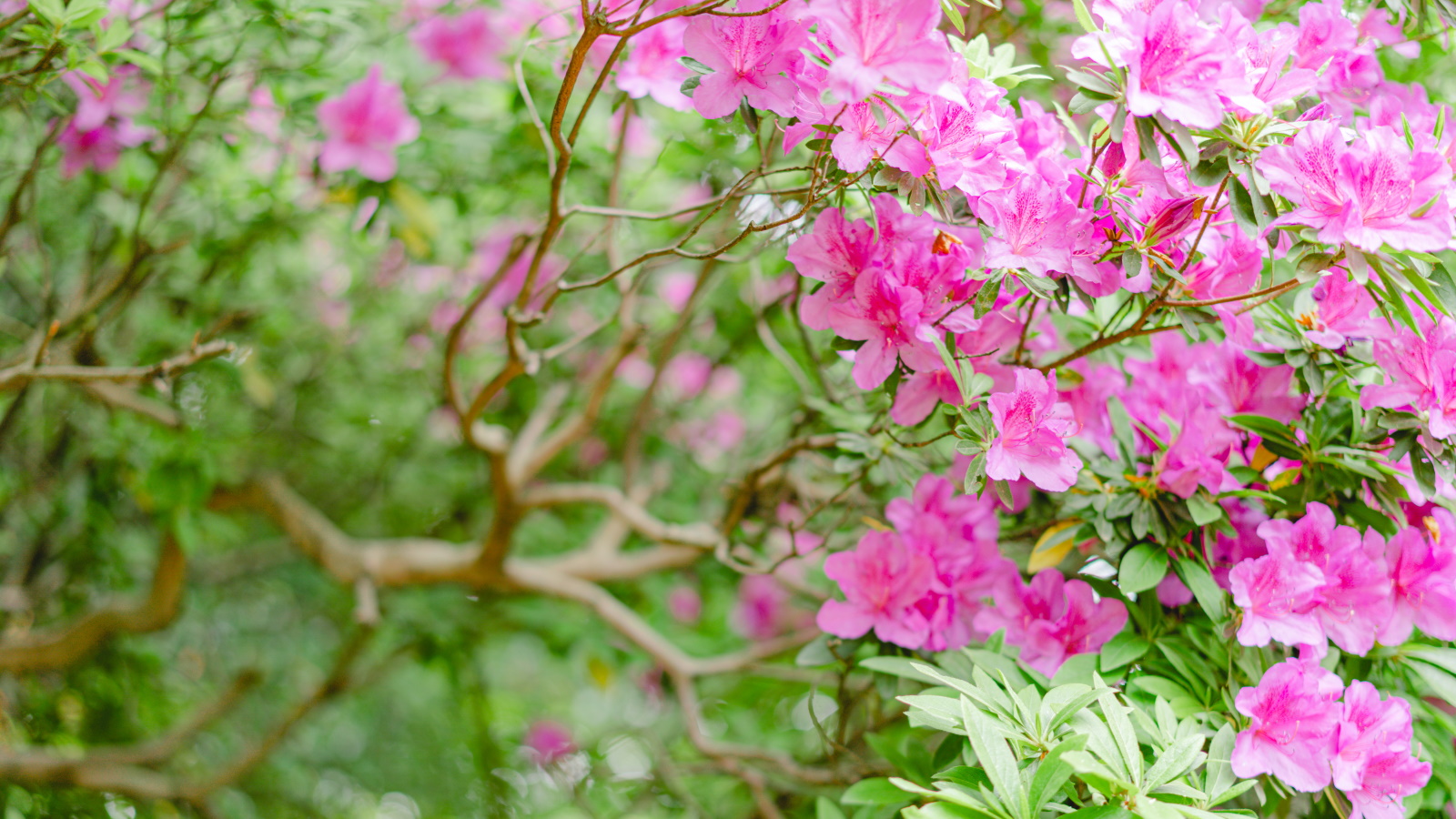

Azalea shrubs are celebrated for their colorful spring and summertime flowers. Whatever color blooms you seek, you can almost guarantee that there will be an azalea shrub to meet the brief. Whether you desire a lemon-yellow flowering shrub or want vibrant barbie-pink blooms, there will be an azalea to suit your taste.
I previously worked in gardens across the UK and Italy, growing and caring for several species of azalea planted in borders and containers. One of my favourite species that I think is one of the most striking is the flame azalea, Rhododendron calendulaceum, seen in the image below. This shrub is native to the Appalachian Mountains in the eastern United States, and produces blazing orange blooms that are unmistakable. It is hard not to be impressed with this deciduous woodland shrub.
You might already know how to grow azaleas, happily tending to 1, 2, or more shrubs in your yard. However, if you want more plants in your borders, have you considered propagation? This is a fun and free way to grow your plant collection and summer is a good time to take azalea cuttings. Here, I share how to successfully take azalea cuttings and the common propagation mistakes to avoid.
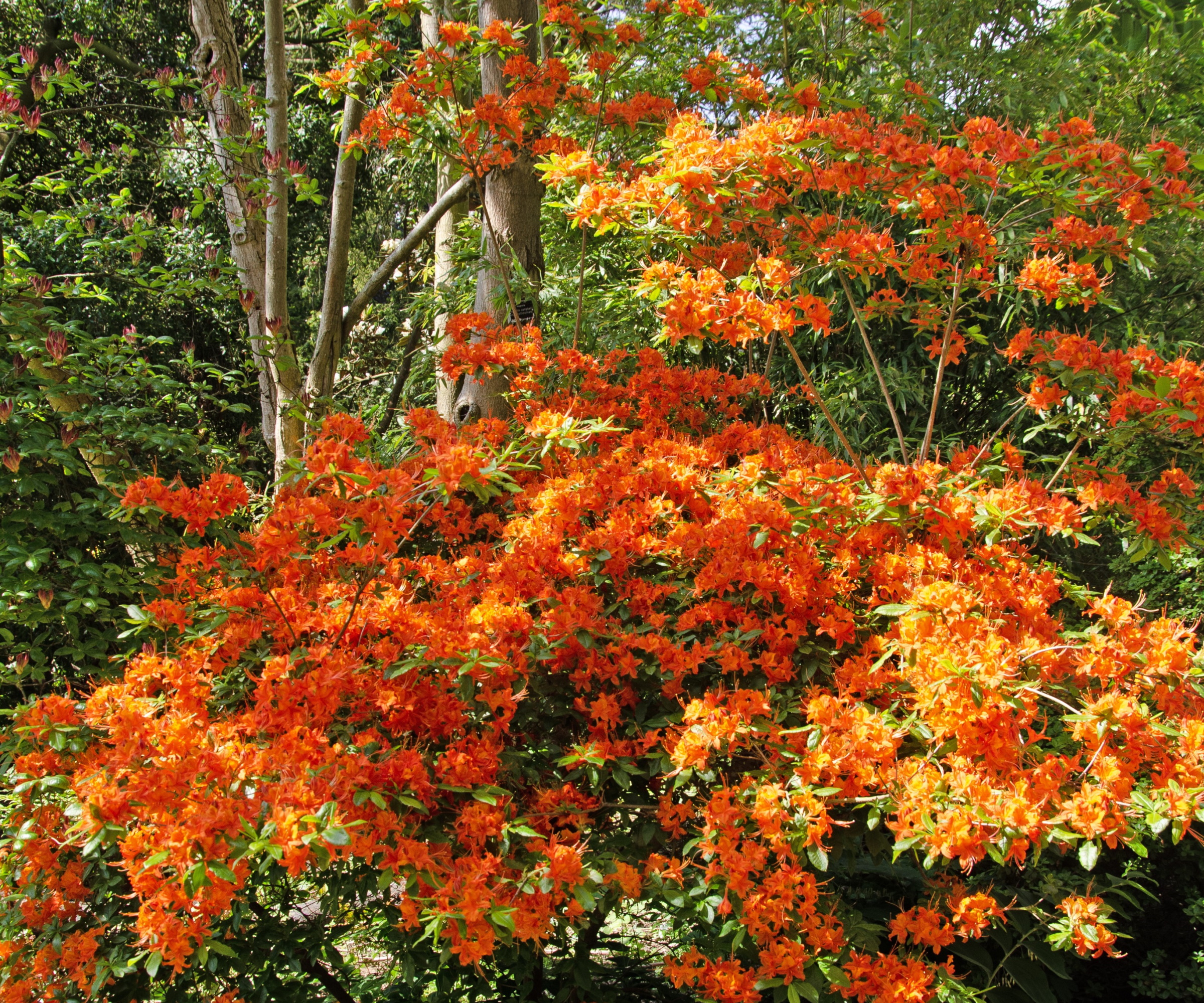
How to take azalea cuttings
Azaleas grow best in US hardiness zone 4 to US hardiness zone 9, and most species can tolerate cold winters and warm summers. These shrubs are found growing in wooded areas or forests, thriving in acidic soils. If your azalea plants are healthy and happy, producing plenty of new growth in the spring and summer, why not consider learning how to take azalea cuttings?
If you do not yet have an azalea shrub growing in your yard, small starter azalea plants are available from Walmart.
When to take azalea cuttings
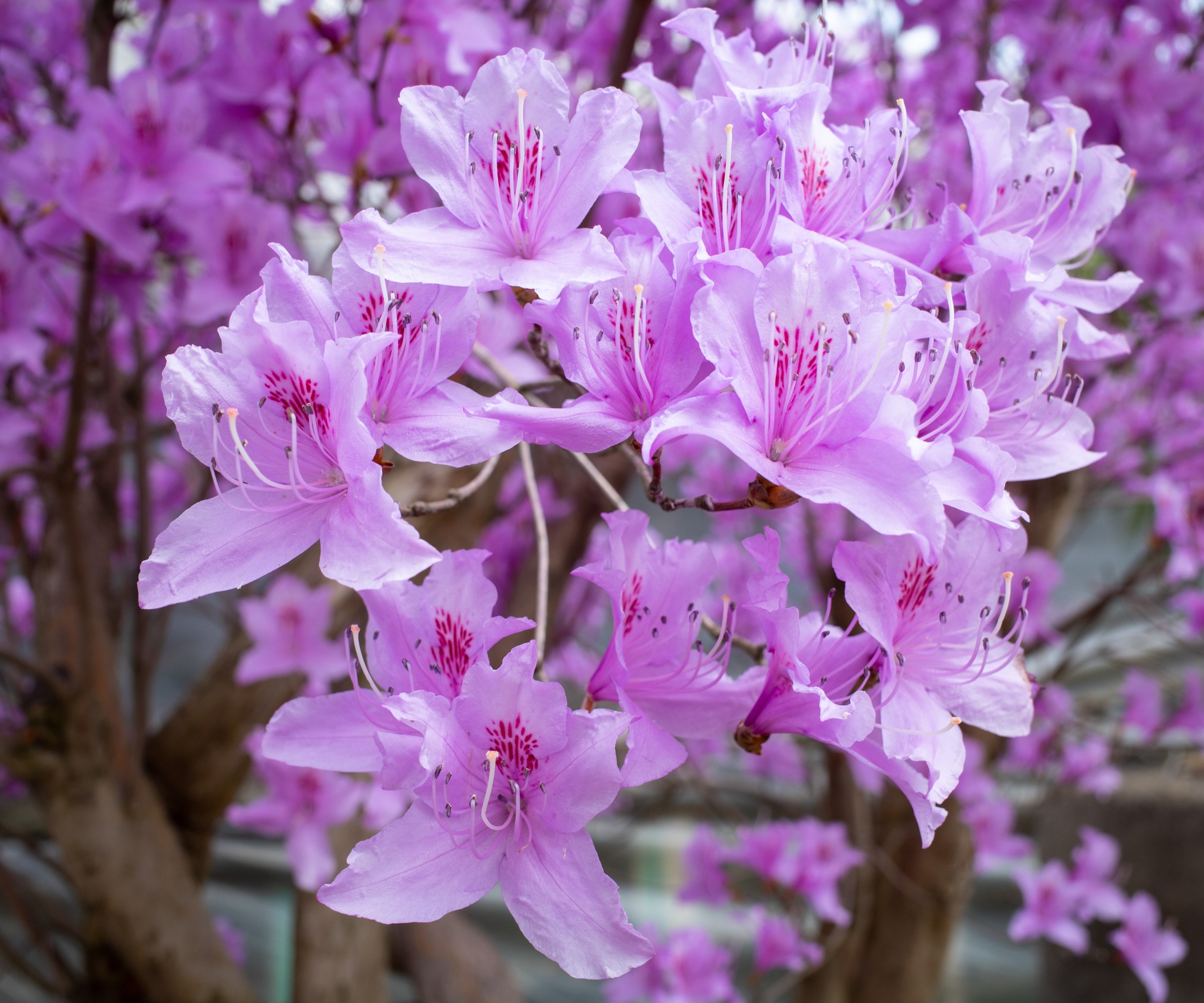
Azaleas are often considered some of the best flowering shrubs, and it is easy to see why.
Regardless of the type of azalea growing in your yard, evergreen or deciduous, spring and summer will see your plants produce plenty of lush, green growth. Generally, azaleas are slow-growing shrubs but will tend to produce 4 to 8 inches or more of new growth each year.
For azalea propagation, I would recommend taking semi-hardwood cuttings. This might seem a confusing term, but means that your cutting will be from semi-mature growth. While it will not be from old, woody stems that you take your cutting, it will also not be new, fresh growth. Somewhere in between these two is what you are looking for.
Taking cuttings of azalea plants is best done from late spring to early summer, typically around June or July, but this method of propagation could be done at any time from spring until late summer.
How to take azalea cuttings
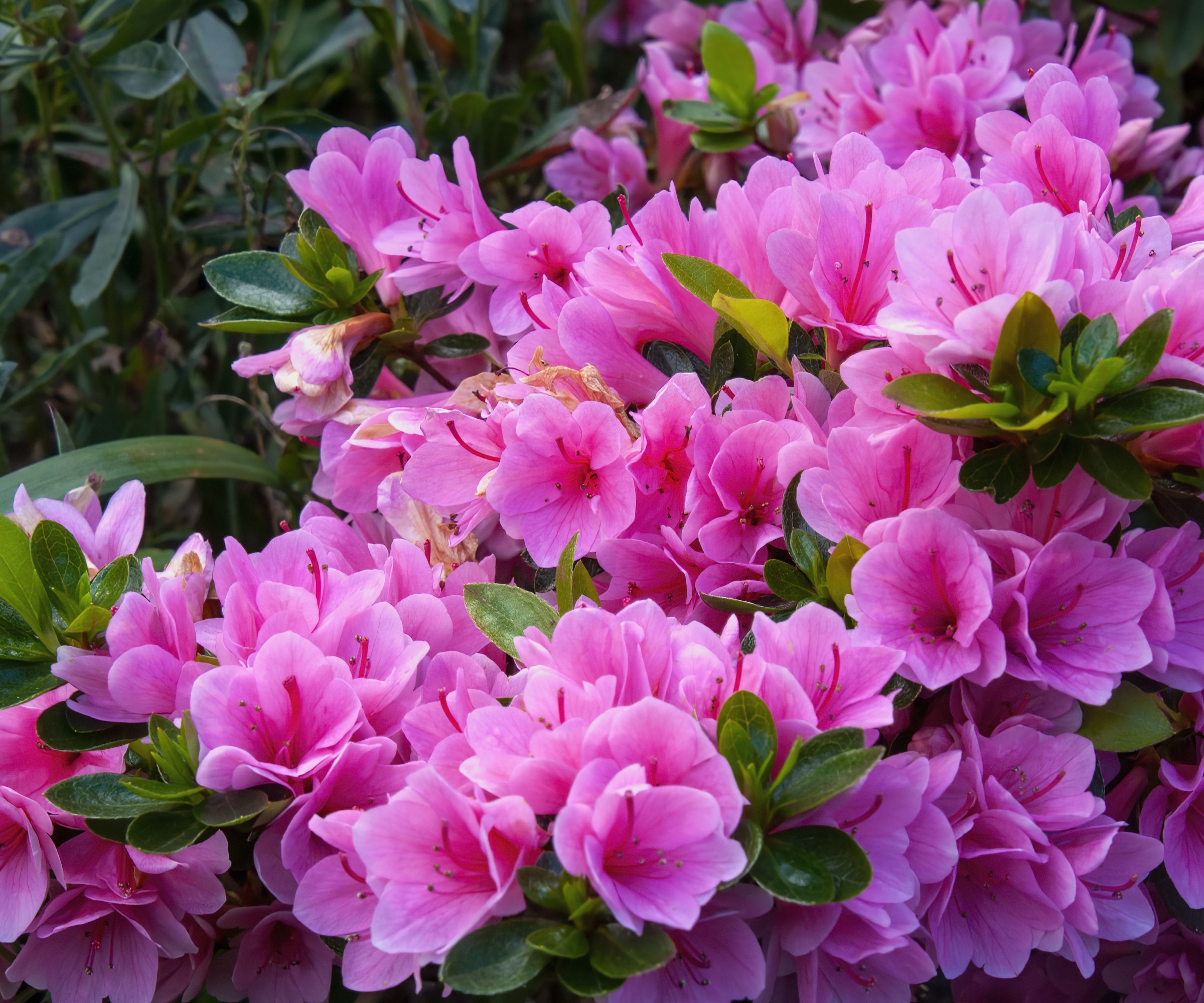
- On a dry, clear morning, identify a small number of semi-hardwood stems that look healthy and have 2 or more leaves growing. Using clean, sharp pruning snips, available from Walmart, cut your stems just below a leaf node. Each stem will ideally measure 4 to 6 inches.
- Strip each stem of foliage, leaving just 1 or 2 small leaves at the top. If these terminal leaves are large, I would recommend cutting them in half, leaving a smaller amount of leaf. This is to reduce water loss from transpiration.
- Using rooting hormone powder, available from Amazon, can help to speed up the development of roots. I would suggest dipping the bottom 1 inch of the stem in rooting powder. Following this, place each cutting in a small pot that is filled with good-quality soil and grit. Adding vermiculite, available from Walmart, can help to improve drainage in the soil. Plant your cuttings, keeping the top 2 to 3 inches of stem above the soil surface.
- Place a clear plastic bag over the pot to help keep the soil moist and the air humid. Keep the pot in a shaded position in the yard.
- Azalea cuttings can take 4 to 8 weeks to develop roots. Eventually, roots will begin to show at the base of the container. You can then replant each cutting in a small pot to continue growing.
Shop propagation accessories
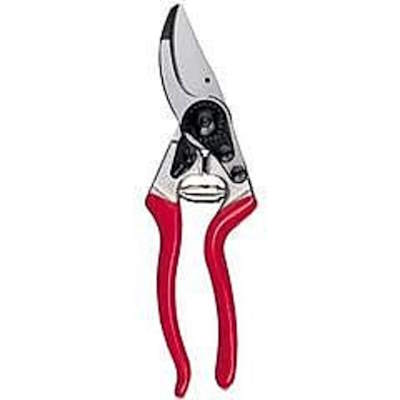
Felco pruning shears are comfortable to use and effective for all your pruning jobs. These snips make light work of perennial and annual pruning.
FAQs
How long does it take for azalea cuttings to grow and flower?
As the old saying goes, patience is a virtue. Azalea cuttings will be ready to be planted out into the yard after 1 year and should flower in 2 to 3 years. While this might seem a long time to wait, propagation is a rewarding experience.
Learning how to take azalea cuttings is a fun and free way to make more plants for your borders and container displays. For more information on how to care for and grow azaleas, see our guide on how to deadhead azalea and rhododendron flowers, to keep your plants looking their best this year.
Sign up to the Homes & Gardens newsletter
Design expertise in your inbox – from inspiring decorating ideas and beautiful celebrity homes to practical gardening advice and shopping round-ups.

Thomas is a Content Editor within the Gardens Team at Homes and Gardens. He has worked as a professional gardener for both public spaces and private estates, specializing in productive gardening, growing food and flowers. Trained in Horticulture at the Garden Museum, he has written on gardening and garden history for various publications, including The English Garden, Gardens Illustrated, Hortus, The London Gardener and Bloom. He has co-authored a Lonely Planet travel book, The Tree Atlas, due out in 2024.
-
 7 of the best tomatoes for growing in pots - expert growers pick their top varieties ideal for large harvests from containers
7 of the best tomatoes for growing in pots - expert growers pick their top varieties ideal for large harvests from containersYou can enjoy bumper homegrown harvests in small spaces
By Drew Swainston Published
-
 Drew Barrymore creates a 'balanced' kitchen in 4 easy steps – her rules will make your small, compact countertops feel beautiful
Drew Barrymore creates a 'balanced' kitchen in 4 easy steps – her rules will make your small, compact countertops feel beautifulDrew proves that with the right styling (and chic appliances), you can make even the smallest of kitchens look harmonious
By Hannah Ziegler Published
-
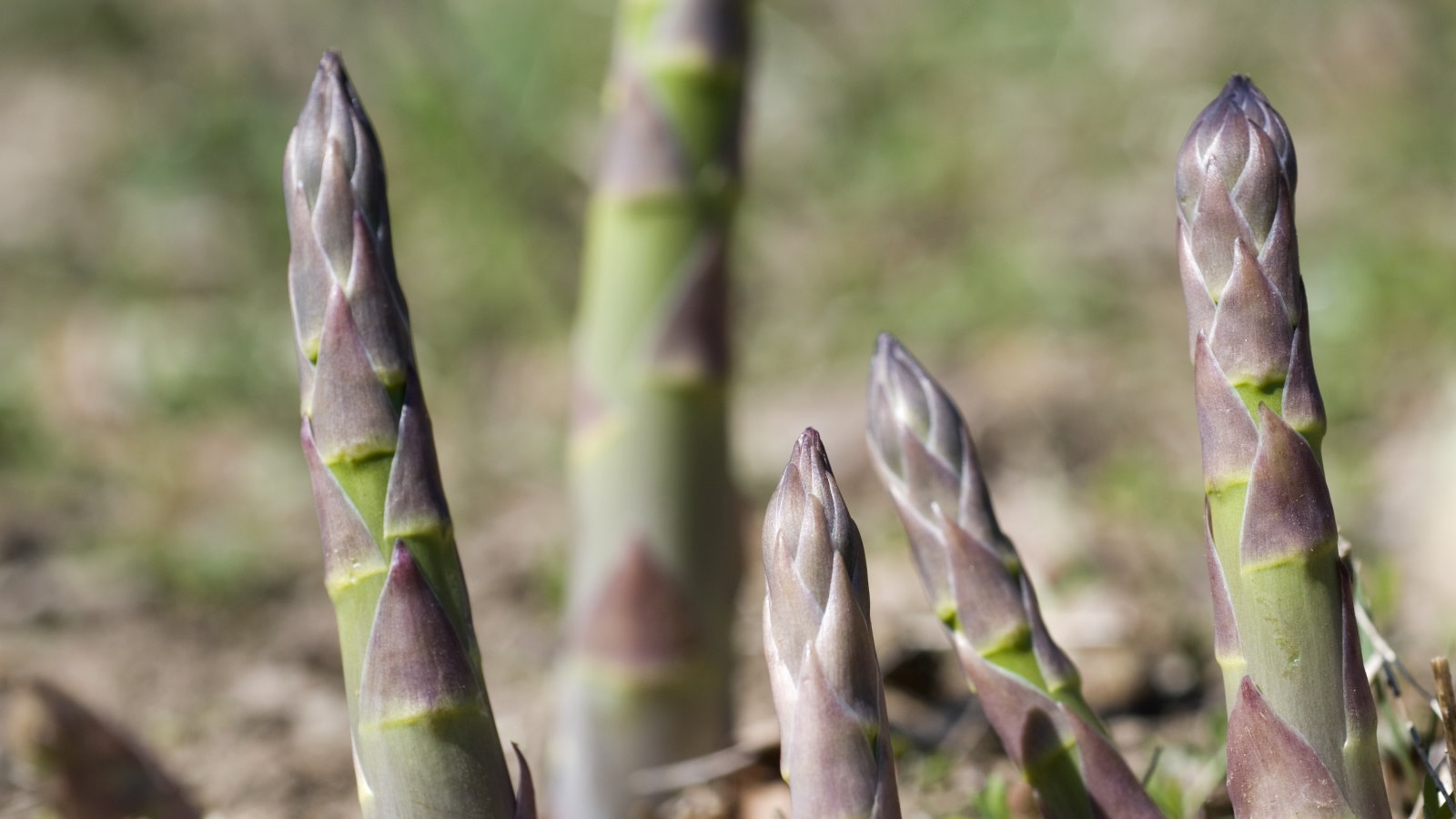 When and how to divide asparagus – expert tips to rejuvenate older plants for better yields
When and how to divide asparagus – expert tips to rejuvenate older plants for better yieldsDividing asparagus crowns is simple and rewarding, but you must get the timing right
By Drew Swainston Published
-
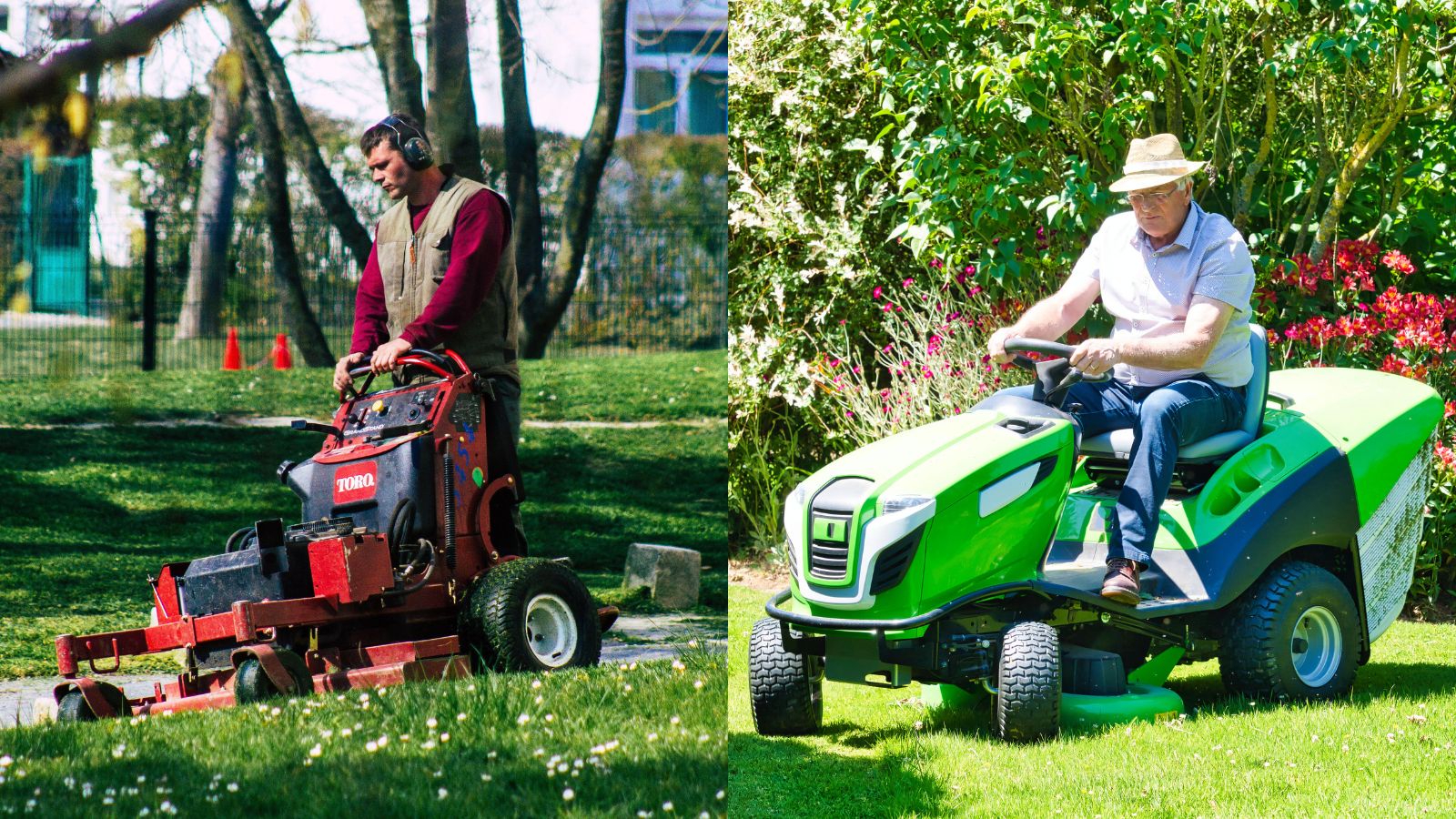 Standing mowers vs riding mowers – a mowing expert reveals which is best
Standing mowers vs riding mowers – a mowing expert reveals which is bestStanding mowers vs riding mowers is a heated debate among landscapers. I spoke to a landscaping expert to find out if standing mowers really are the best
By Alex David Published
-
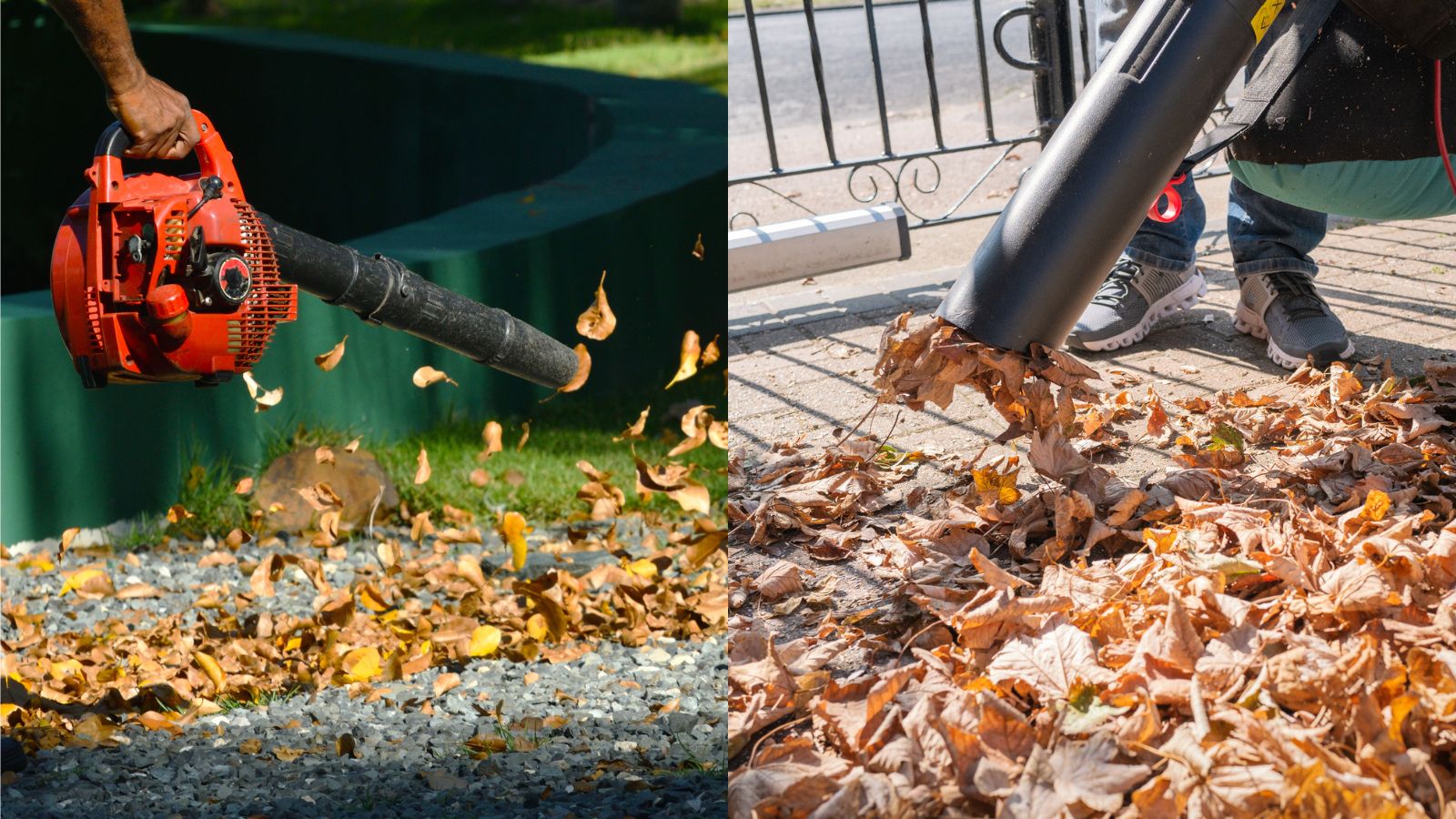 Leaf blowers vs leaf vacuums – which is best for your yard, and should you bother with either?
Leaf blowers vs leaf vacuums – which is best for your yard, and should you bother with either?It's not obvious which is best between leaf blowers v leaf vaccums. As a product tester, this is all you need to know about these controversial yard tools
By Alex David Published
-
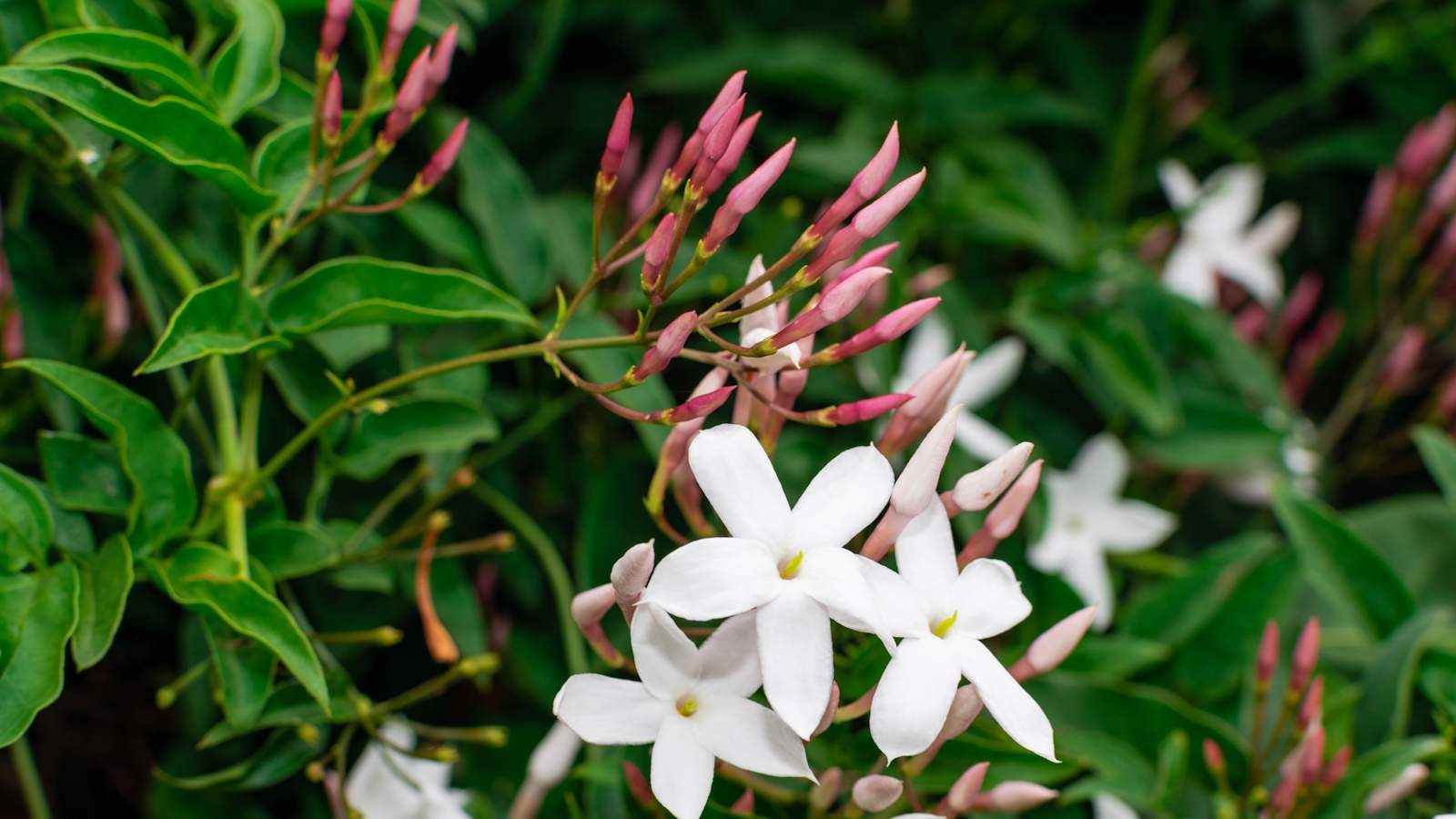 Pruning jasmine in late summer will ensure your plants bloom better than ever next year
Pruning jasmine in late summer will ensure your plants bloom better than ever next yearTiming is critical when pruning summer-flowering climbers
By Thomas Rutter Published
-
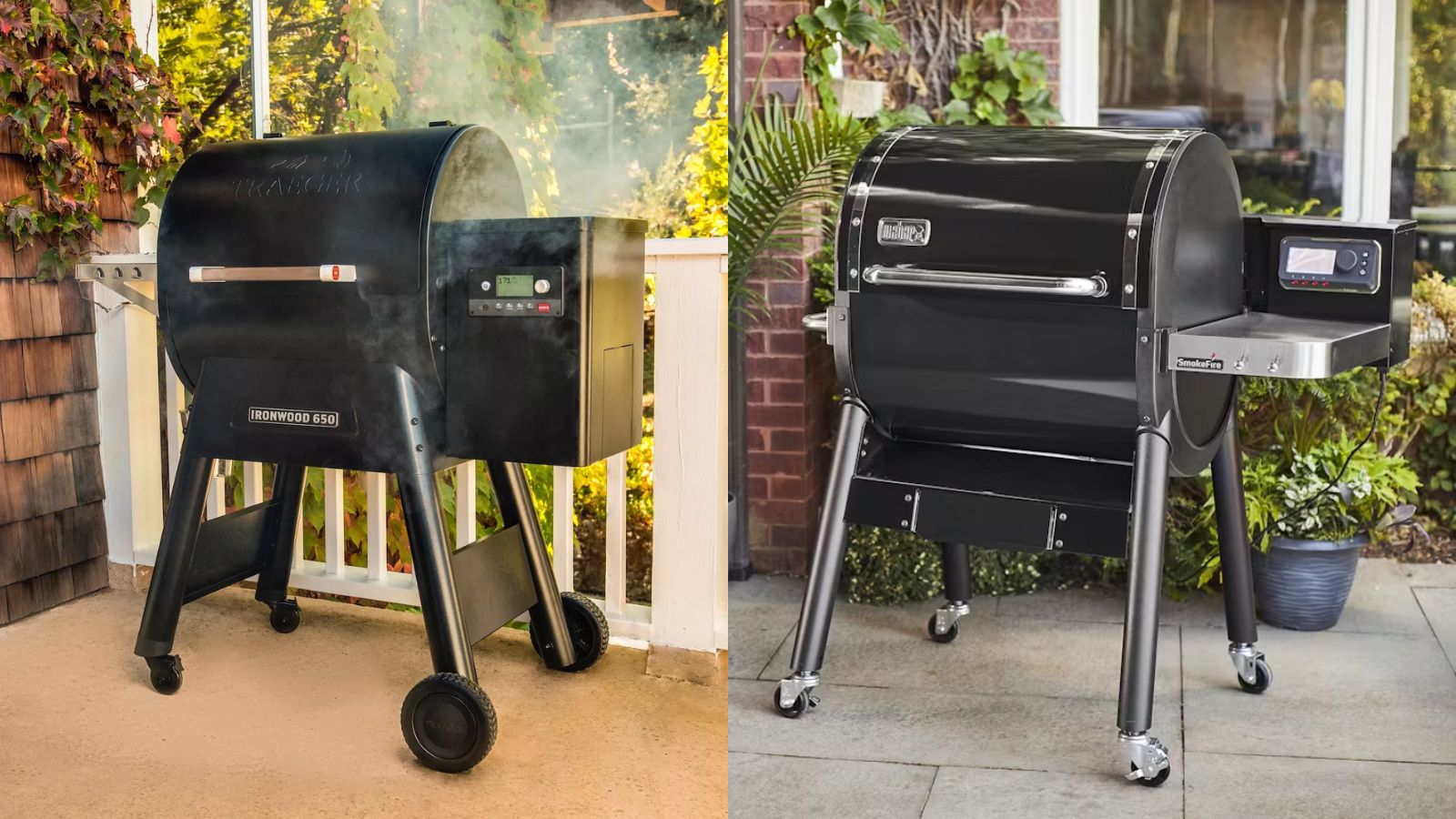 Weber vs Traeger – which pellet grill should I buy? Advice from a product tester
Weber vs Traeger – which pellet grill should I buy? Advice from a product testerThey're two titans of the grilling game, but who comes out on top between Weber vs Traeger? As a product tester, this is all you need to know about the brands
By Alex David Published
-
 Bougainvillea in miniature – with a little patience, anyone can grow these vibrant plants in bonsai form
Bougainvillea in miniature – with a little patience, anyone can grow these vibrant plants in bonsai formGrowing bougainvillea bonsai trees can add impact to even the smallest of spaces
By Thomas Rutter Published
-
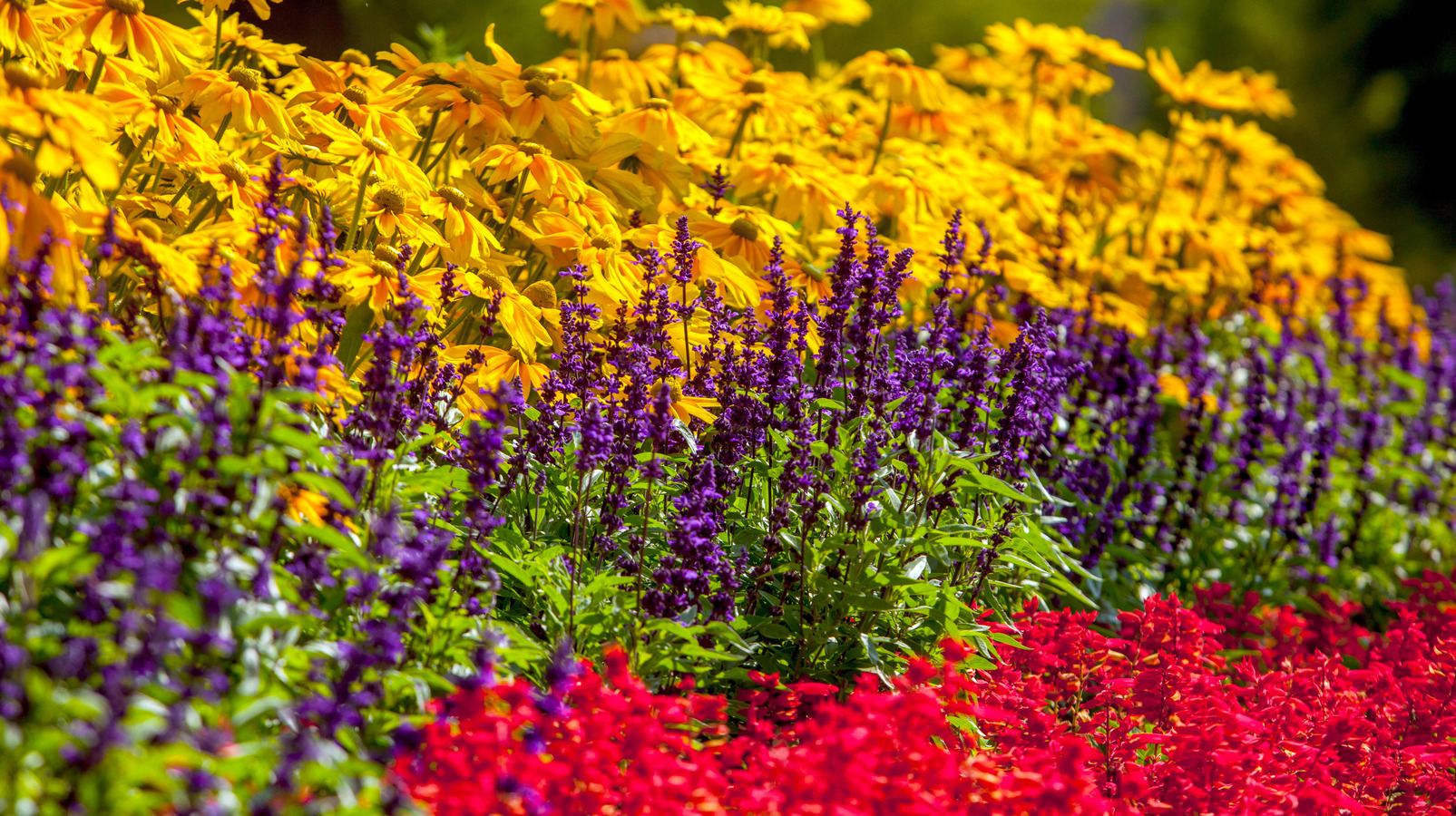 10 low maintenance, drought tolerant plants – for a beautiful and undemanding landscape
10 low maintenance, drought tolerant plants – for a beautiful and undemanding landscapeExpert plant picks for a thriving dry garden, that will make life easier and more colorful
By Jacky Parker Published
-
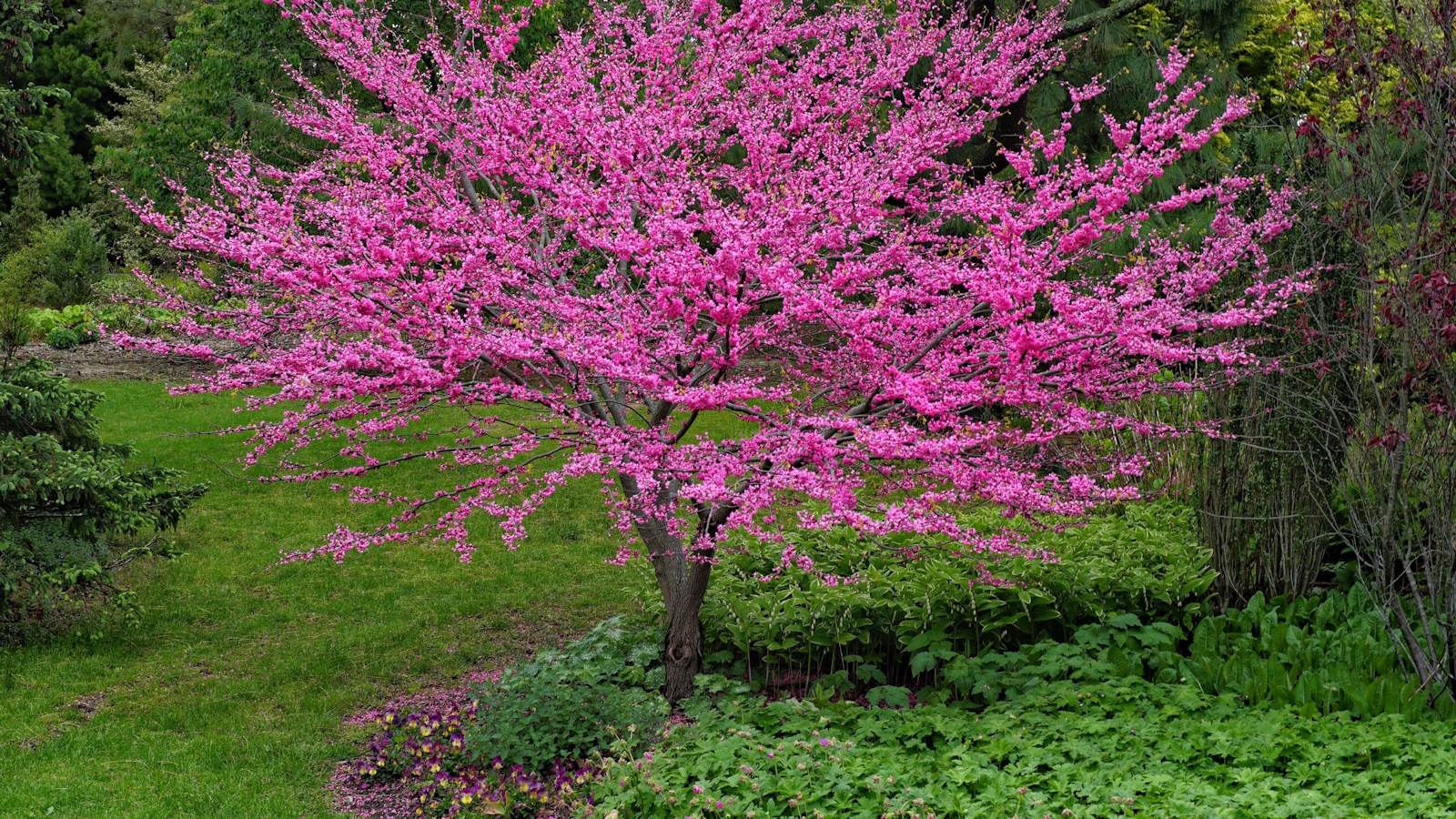 How to grow eastern redbuds – the cherished native tree with striking spring blooms
How to grow eastern redbuds – the cherished native tree with striking spring bloomsAdaptable and reliable, eastern redbuds are tough trees that will not disappoint
By Thomas Rutter Published

